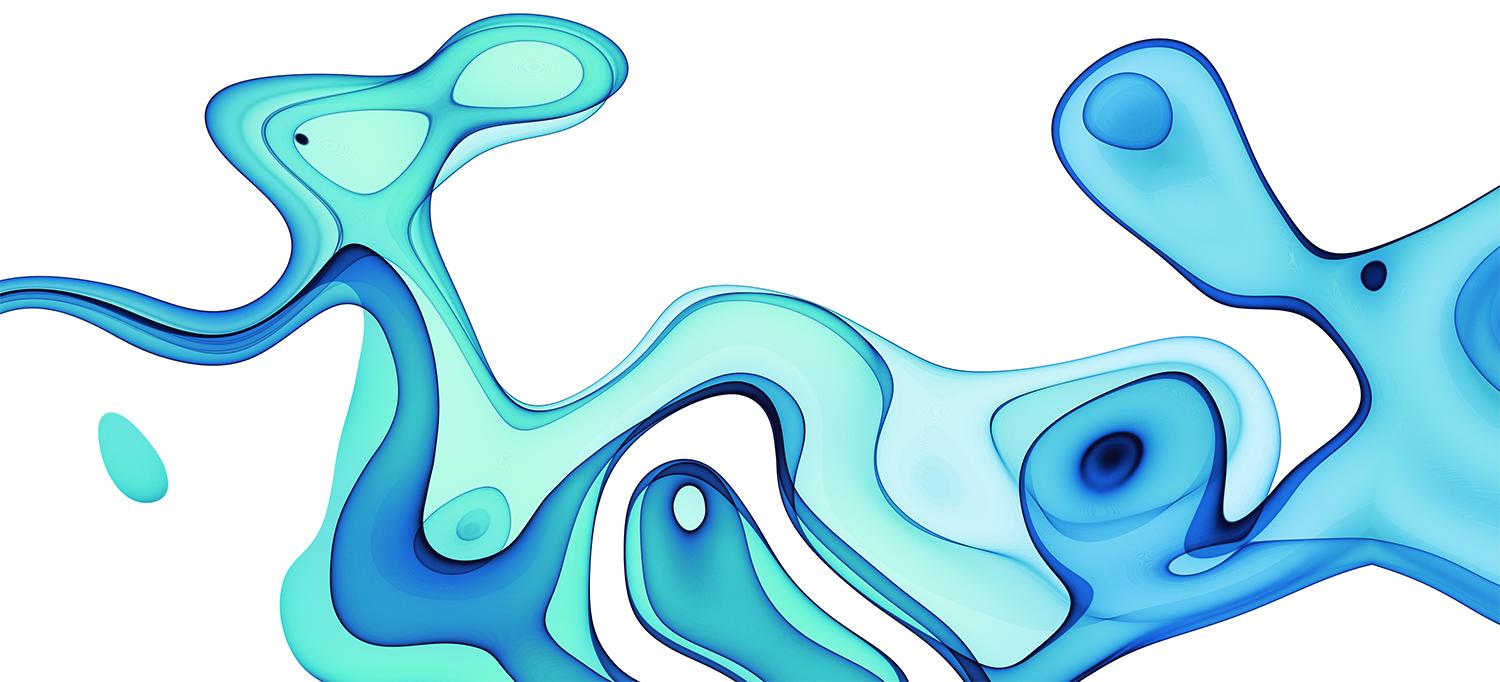Dr. Michael E. Pacold Didn’t Set Out to Study a Rare Childhood Disease or Find a Potential Treatment for Pancreatic & Brain Cancers, But That’s Where His Research Led Him

Photo: Oxygen/Moment/Getty
We all need oxygen for survival. It fuels every cell in the human body. But how, exactly, does it work its magic within our cells? That seemingly basic question, pursued by radiation oncologist Michael E. Pacold, MD, PhD, has led to the recent discovery of an entirely new chemical pathway in humans—one that has inspired a potential cure for a rare disease in children and a new therapeutic target for pancreatic and brain cancers.
“We did not go into this research planning to study a childhood neurodevelopmental disease or find a potential treatment for cancer of any sort,” says Dr. Pacold, an assistant professor in the Department of Radiation Oncology at NYU Grossman School of Medicine. “That emerged when we started looking into it, but the goal was always very simple: find something fundamental to biology.” Dr. Pacold’s lab began studying the role of oxygen in cancer cells in part because low oxygen levels can drive cancer progression. Molecular pharmacologist Robert Banh, PhD, a former postdoctoral researcher with Dr. Pacold who now has his own lab at NYU Langone, used a chemical tag to track how oxygen is used by cellular enzymes and incorporated into molecules. It turns out that roughly one-fourth of the molecules tagged with oxygen were unknown in mammalian cells.
From there, the team discovered that an enzyme called HPDL drives a series of chemical reactions previously unreported in mammals. The HPDL pathway starts by making a metabolite called 4HMA—which took up more labeled oxygen than any other molecule—and ends by making part of the powerful antioxidant (and popular supplement) coenzyme Q10.
At the same time, other researchers were puzzling over the first reports of pediatric patients carrying variants in the gene encoding the HPDL enzyme. The variants were closely associated with a rare progressive disorder that is marked by seizures, leg stiffness, abnormal body movements, and severe neurodevelopmental delays.
Guangbin Shi, a senior research assistant in Dr. Pacold’s lab, is now investigating if coenzyme Q10 can treat this disorder. If further testing in mice holds up, Dr. Pacold’s lab could collaborate with physicians to assess whether coenzyme Q10 significantly reduces symptoms in children with the disease. Meanwhile, other lab members are investigating how to turn off the HPDL enzyme. “When you delete it, at least in a subset of pancreatic cancers, the cancers fail to take off,” Dr. Pacold says. An initial screen suggests that some compounds can indeed inhibit the enzyme, opening the door to a potential cancer treatment as well.
Says Dr. Pacold, “There may be a lot more to this story than we ever imagined.”
